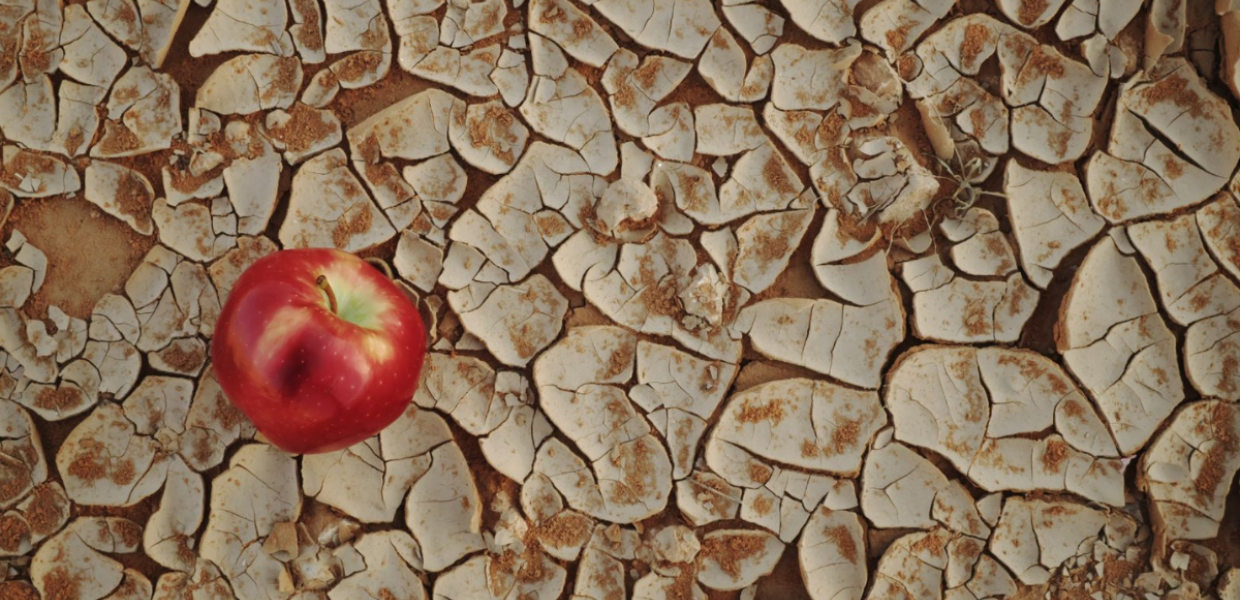In an era saturated by celebrity chefs, reality cooking competitions and cable channels dedicated to cuisine, the glamourization of food can be found everywhere. On top of that, vacations and special events have become as much about the food that are central to the experiences as they are about the destinations or occasions. There is a thrill in planning and experiencing these moments that revolve around the big question — What are we going to eat?
For millions of people around the world though, this question is asked daily with fear and anxiety because the question for them is not what should we eat, but are we going to eat at all today?
According to the 2022 United Nations report, “The State of Food Security and Nutrition in the World,” hunger impacted as many as 828 million people in 2021, and it continues to grow. A shocking 50 million people in 45 countries are on the brink of famine, and according to the U.S. Department of Agriculture, 38.3 million people lived in food-insecure households in the United States in 2020.
This crisis continues to worsen because of climate change affecting farmers and their ability to grow crops, the economic impact of COVID-19, rising costs of providing aid, and conflict — including current events in Ukraine. In fact, 60 percent of the world’s hungry live in places where war and violence are a part of everyday life. While this issue is not new, it remains critically relevant and organizations like the World Food Programme have challenged governments, companies and individuals to provide technical knowledge and financial aid in the fight to address this crisis.
A shocking 50 million people in 45 countries are on the brink of famine.
For a global food and beverage company like PepsiCo and its PepsiCo Foundation, this issue is extremely important, and through a program called Food for Good, the company has committed to advance food security through collaboration with local partners in communities where we live and work across the globe.
Food for Good invests in solutions that increase equitable access to nutritious food and increase productivity and incomes of small-scale farmers as we aim to realize zero hunger. This includes leveraging PepsiCo’s unique capabilities and resources to make nutritious food more accessible and tapping into the company’s expertise to improve the livelihoods of more than 250,000 in the company’s agricultural supply chain and communities by 2030, with a focus on economically empowering women and making farming more diverse in the face of an aging global farming population.
Through Food for Good, PepsiCo has delivered more than 245 million meals to more than 41 million people around the world and has partnered with more than 60 nonprofits across 28 countries to ensure we are implementing local solutions that meet the unique challenges of each community. In the United States, Food for Good currently operates in 25 cities and is actively seeking partners to expand further.
This is one effort to address a complex problem, and we all can play a role in responding to it. Importantly, food insecurity and its relevance to the PR industry — the businesses, communities and clients we serve — will increase.
At its most basic, our work is focused on storytelling to reach and influence audiences — but those audiences are human beings who live in a world dealing with this crisis. They are your consumers, your employees or other stakeholders. They can be local or far away and be financially secure or struggling to make ends meet. They come from all walks of life — and given the scale of this crisis, every organization or individual likelyhas some connection to food insecurity, directly or indirectly.
It is important to be conscious that our work exists within this reality and the messages, timing and delivery of our efforts are received in this context. It should influence our considerations, our thinking and our choices and make clear that we will always have a seat at the table of food insecurity.
